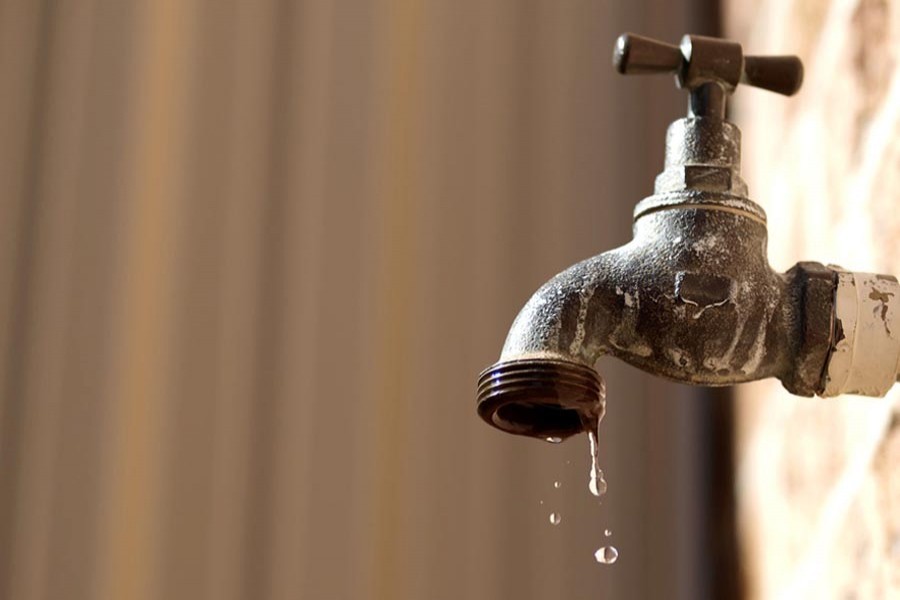Even a developed city like South Africa's Cape Town goes through severe water crises, making its residents panicky. The situation in Dhaka needs no elaboration. The South African city was hit by a punishing water scarcity in 2018 which prompted city authorities to go for enforcing water rationing. The crisis was caused by an abnormal drop in the level of water in the city's main dam. In Dhaka, the capital of Bangladesh, crisis of water has been a routine malady for the last three decades. And ironically, the city is encircled by four rivers. Dhaka stands on one of them --- the Buriganga. However, the truth that remains an open-secret is the water of all these four rivers is nearly irremediably polluted.
The Buriganga water has long been declared unfit for human use. It is now widely viewed as completely hostile to the survival of all kinds of aquatic organisms. Given the annually deteriorating situation, few can muster the courage to visualise a better future. Despite being the largest city of a country filled with rivers and water bodies, Dhaka in summer these days emerges as a parched city. Environmental activists blame the river and canal encroachments for the city's parched condition. Many point the finger at the compulsive polluters. It's their polluting activities which have veritably made water treatment for the city impossible. Indiscriminate extraction of groundwater for different purposes, without replenishment, has led to a precarious fall in the water levels. With this source of water gone, the process of Dhaka's parching is feared to be complete.
In spite of the city's half-a-century-long modern urban character, Dhaka remains essentially deficient in clean water. Since its early formative days, the city's facilities of supplying clean and drinkable water have been less than the volume of public demand. In the early 20th century, neighbourhood ponds as well as those dug by the then municipal authorities beside roads would comprise a frequently encountered sight in Dhaka. Moreover, residual water bodies created by the yearly rains would become part of the urban spectacle. This static water in a way helped the groundwater level stay in a satisfactory position.
As years wore on, rise in water's demand for an increasing population set in motion the city's parching process. During the peak of summer, crisis of water would be a normal blight of the fast expanding city. The long queues that we are now accustomed to seeing these days in many parts of Dhaka were also there back then. However, those were short in length and the jostling around hydrants less desperate.
The bygone days in Dhaka were the ones of manually dug wells. Those were a common scene in middle-class areas. Many of those wells were built with waist-high circular concrete and mosaic fencing at their openings. A lot of those wells were later replaced by shallow tube wells. These water outlets mainly met the domestic needs. But the relatively lower classes had to depend on public ponds and roadside taps. As a result, queues of people before water taps for taking bath and washings emerged as a common spectacle.
The largest point featuring people, both male and female, taking bath and washing clothes was the Buriganga bank along the stretch running from Badamtoli, Swarighat, Sadarghat to Babubazar. With Buriganga water emerging as unusable, the local residents' dependence on it came down remarkably. It has added to people's woes plagued by water scarcity during the summers. It's an irony that unlike most of the large developing cities, Dhaka finds itself on the list of those which suffer both ways vis-à-vis water: its acute summer crisis and its overflow during monsoon. Proper water management can make a great difference to it.


